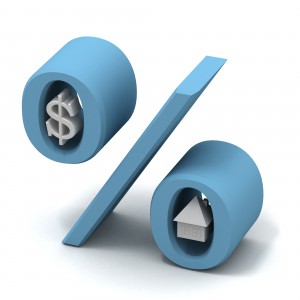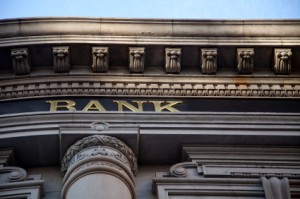 Yes, there are fixed APR credit cards, but most all of the new credit card offers available in the marketplace feature variable interest rates. Some may start as low as 9.99%, but over time can increase by six, eight, ten, or more percentage points over the initial annual percentage rate, APR.
Yes, there are fixed APR credit cards, but most all of the new credit card offers available in the marketplace feature variable interest rates. Some may start as low as 9.99%, but over time can increase by six, eight, ten, or more percentage points over the initial annual percentage rate, APR.
Find your ideal credit card choices with the best interest rates using the FREE credit card chaser now!
Only a couple of true fixed rate credit card opportunities pop up in any online search. These offers are mostly for secured credit cards that require cardholders to deposit their own funds in the card issuer’s bank. The amount of this security deposit becomes the cardholders’ available credit line.
Applied Bank offers two versions of their fixed APR secured credit cards. Their Visa Gold credit card features a secured credit line of between $200 and $5000 and a fixed APR of 9.99%. The Applied Bank Platinum secured Visa requires a minimum deposit of $500 and features a 0% fixed APR!
Variable Rate APR Credit Card Are Not a Bad Idea
By marketing a variable interest rate, credit card companies can offer lower starting rates while hedging against a future time when interest rates may be driven back up by global economic forces.
Variable APR credit cards aren’t bad in themselves; they simply bear watching over time. This is especially true as many cardholders have the tendency to maintain a high credit balance at or near the card’s limit.
Consumers should remember that rates may go up, but they will probably never dip below the initial quoted rate. It’s always important to read the fine print on your credit card agreement and review all the terms before accepting a new credit card.
How Variable Rate APR Credit Cards Work
Most domestic credit card issuers use the U.S. banking prime lending rate to initially set and then periodically reset their credit card interest rates. As of January 2012, the prime lending rate, the rate at which banks lend funds to their best customers, remains at an historic low of 3.25%.
Rates are subject to change at preannounced intervals, most often annually, though some card issuers may look at a six-month change.
A mark-up or margin is added to the base index rate to arrive at the APR you will be charged. Your contract provides for both a minimum and a maximum interest rate.
The Indiana Division of Consumer Credit has a number of helpful brochures on line designed to inform consumers about a number of credit related issues.
Prime Lending Rate Volatility
 The Wall Street Journal maintains an online chart of prime lending rate values, going back to the middle of the twentieth century. The historical high point for this banking index, 20%, was reached in April of 1980.
The Wall Street Journal maintains an online chart of prime lending rate values, going back to the middle of the twentieth century. The historical high point for this banking index, 20%, was reached in April of 1980.
While global interest rates have been flat for the last several years, the prime rate was a full five points higher, 8.25%, as recently as September of 2007! Unlike a fixed rate 30-year home mortgage at 4 or 5%, variable rate credit card obligations should be carefully managed to avoid the possibility of sharply increasing payments in the future!
Some Credit Cards Have a 0% APR Rate
Yes, but these introductory or teaser interest rates are only good for a matter of months. Still, it can be useful if you’re looking at transferring outstanding balances from higher interest rate accounts and then paying them off before your new credit card account begins charging interest.
Fixed APR Credit Cards are Hard to Find
Bottom line, low fixed rate credit cards proved hugely unprofitable for banks and other credit card issuers.
Because of the global economic banking crisis and resulting recession, dozens of banks whose principal revenue was derived from credit cards, closed their doors.
In 2007 and 2008, more than 160 U.S. banks and financial institutions shut down, leaving credit cardholders in a quandary as to what to do. Several of the surviving giant banking institutions like Chase and Citibank took advantage of the sudden opportunity and bought up much of the fallen banks’ credit card business.
At that time, credit card default rates rapidly reached a 20-year high, peaking at just about 10%. The major card issuers who remained in the market swiftly weeded out many of the remaining weak accounts. Some accounts were canceled or closed outright.
Those credit card accounts that remained experienced increasing interest rates and shrinking credit lines. During this same period, the U.S. passed the Credit Card Act of 2009. This comprehensive bill brought sweeping changes designed to protect consumers from unfair credit practices of banks and credit card companies.
Use our FREE credit card finder website for all your credit card needs!
Similar Articles:
- Are fixed interest rate credit cards easy to find?
- How do variable credit card rates work?
- Do I need a secured business credit card?
- Public Savings Bank OpenSky Secured VISA Card
- What are various types of credit cards for bad credit?
- Amalgamated Bank MasterCard Secured Gold
- Are there any current fixed credit card rates?








